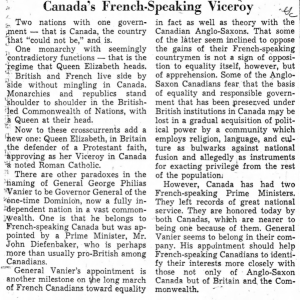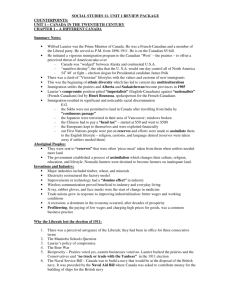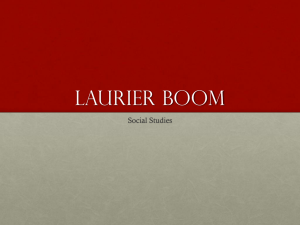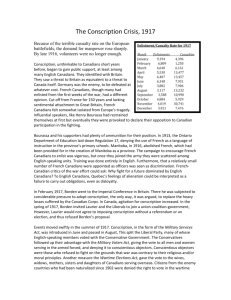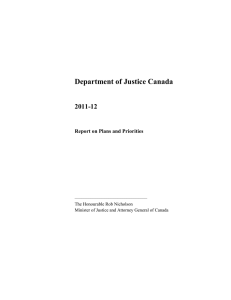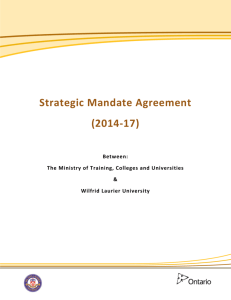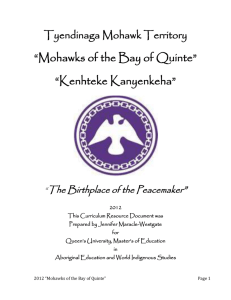SOCIALS 11
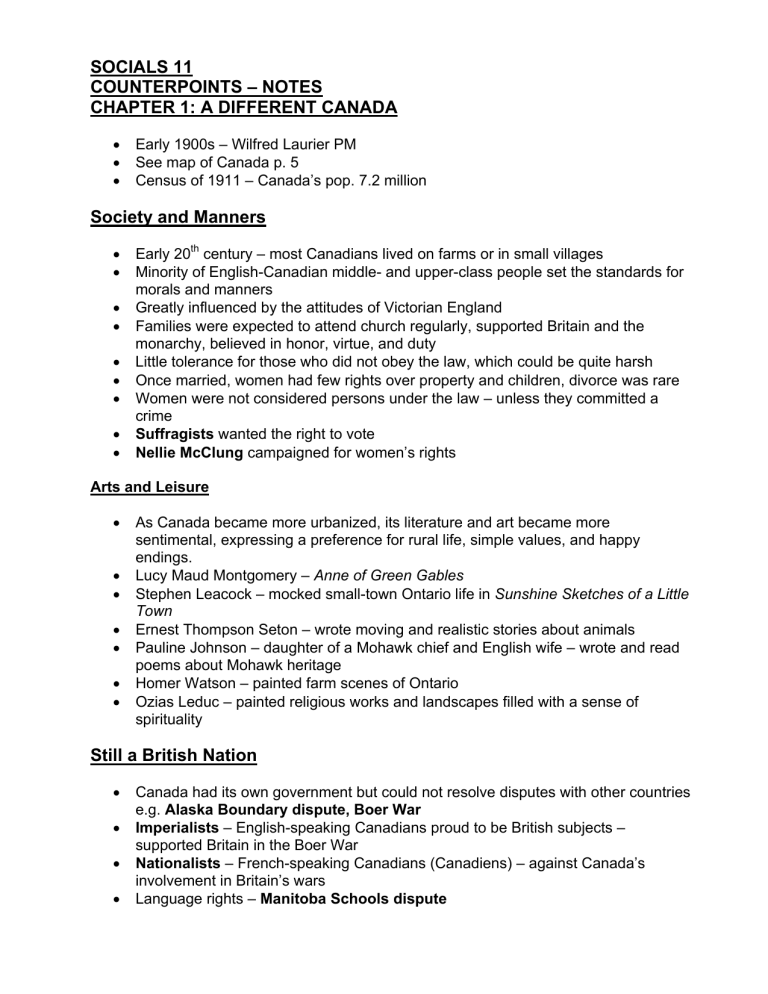
SOCIALS 11
COUNTERPOINTS – NOTES
CHAPTER 1: A DIFFERENT CANADA
•
Early 1900s – Wilfred Laurier PM
•
See map of Canada p. 5
•
Census of 1911 – Canada’s pop. 7.2 million
Society and Manners
•
Early th
century – most Canadians lived on farms or in small villages
•
Minority English-Canadian middle- and upper-class people set the standards for morals and manners
•
Greatly influenced by the attitudes of Victorian England
•
Families were expected to attend church regularly, supported Britain and the monarchy, believed in honor, virtue, and duty
•
Little tolerance for those who did not obey the law, which could be quite harsh
•
Once married, women had few rights over property and children, divorce was rare
•
Women were not considered persons under the law – unless they committed a crime
•
Suffragists wanted the right to vote
•
Nellie McClung campaigned for women’s rights
Arts and Leisure
•
As Canada became more urbanized, its literature and art became more sentimental, expressing a preference for rural life, simple values, and happy endings.
•
Lucy Maud Montgomery – Anne of Green Gables
•
Stephen Leacock – mocked small-town Ontario life in Sunshine Sketches of a Little
Town
•
Ernest Thompson Seton – wrote moving and realistic stories about animals
•
Pauline Johnson – daughter of a Mohawk chief and English wife – wrote and read poems about Mohawk heritage
•
Homer Watson – painted farm scenes of Ontario
•
Ozias Leduc – painted religious works and landscapes filled with a sense of spirituality
Still a British Nation
•
Canada had its own government but could not resolve disputes with other countries e.g. Alaska Boundary dispute, Boer War
•
Imperialists – English-speaking Canadians proud to be British subjects – supported Britain in the Boer War
•
Nationalists – French-speaking Canadians (Canadiens) – against Canada’s involvement in Britain’s wars
•
Language rights – Manitoba Schools dispute
Canada’s Changing Population
•
Laurier government circulated posters in the US and northern and eastern Europe promoting Canada as an attractive place to live – described the Prairies as the
“Last Best West”
•
Offered 160 acres (65 ha) of land for $10 – homesteaders had to build a house and begin cultivating the farm within 3 years of purchase
Not Everyone is Welcomed
•
Most Canadians were ethnocentric , believing their own race or group was superior
•
French-speaking would further reduce the percentage of the Francophone population
•
Eastern Europeans, particularly Ukrainians and Poles who settled in the Prairies, were targets of ethnic prejudice
•
Chinese, Japanese, and East Indian immigrants suffered from discrimination and racism – their cheap labor was generally accepted, but were denounced if they
• competed for other jobs
Chinese – see pp. 10-11
•
Komagata Maru incident
Aboriginal Peoples
•
1876 – federal Indian Act passed
• reserves – to free open land for settlers and immigrants from Europe, and to avoid violent clashes as in the US
•
Aboriginal people were supposed to take up farming instead of traditional hunting, but soil was often unsuitable, equipment was limited, and people went hungry
•
Government allowed sections of reserve lands to be transferred to homesteaders for farming or to companies for mining
•
Disease was a major cause of declining Aboriginal population
•
Residential schools – run by churches, took Aboriginal children from their homes
•
Assimilation – intended to make Aboriginal people abandon their traditional culture and become part of the European way of life
Urbanization
•
Some immigrant groups, particularly Jews, who were not allowed to own land in
Europe, chose urban life
•
Population of Canada’s western cities exploded in the early 1900s
•
Growing cities were filled with contrasts between wealthy and poor
An Economy Transformed
•
Export of natural resources such as timer, wheat, and minerals was an important part of Canada’s economy
•
Export industries also benefited from cheap shipping costs across the Atlantic
Ocean
•
Opening of the Panama Canal in 1914 created a shorter shipping route for
Canadian products en route to Europe from the West Coast
•
Use of electricity in factories was an enormous boost to Canada’s industrial growth – bigger and better machines could produce many more goods
•
Industrialization created more jobs in manufacturing
Corporate Giants
•
Huge companies such as Maple Leaf Milling, Dominion Steel, Massey-Harris, and
Imperial Oil controlled much of industry
•
Workers began to form trade unions to press for better pay, reduced work hours,
• and better safety conditions recession – industries cut back on production, many workers became unemployed
Resources and the Environment
•
1914 – construction by Grand Trunk Railway caused a rockslide at Hell’s Gate
Canyon – blockage increased river’s current, prevented salmon from swimming upstream to spawn; posed a particular hardship for Sto:lo, whose livelihoods depended on fishing in the Fraser River
•
BC had 3 national parks – Mount Revelstoke, Kootenay, and Glacier National; set aside Strathcona and Mount Robson as provincial parks
War and Change
•
Laurier predicted the 20 th
Century would be the century of Canadian development




